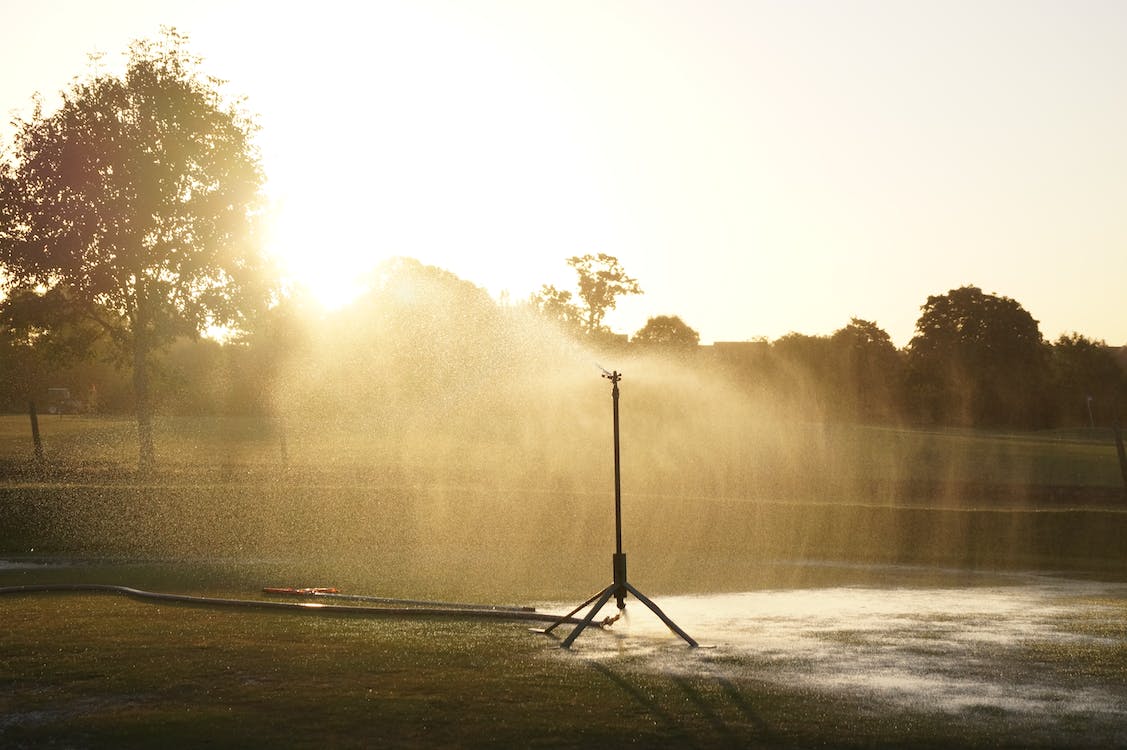In this article I will be teaching you how to prune climbing roses in the winter.
Climbing roses should be pruned at least once a year and regularly deadheaded in the summer time.
Climbing roses are a lot more vigorous than normal roses, they can grow upto 10 metres, or 30 feet in some instances!

Characteristics & Requirements
Plant Type
Vine, Shrub
Lifespan
Perennial
Height
Upto 3.5m
Flower Colour
Usually purple or pink, and will bloom in the spring and summer.
Sunlight?
Full to partial sun
Planting Time
Late spring, summer
They are very similar to the rambling rose, although the rambling rose tend to flower in a big bloom at around June/July time and then finish flowering for the year. Climbing roses, although there isn’t as many flowers at any one time compared to the Rambling Rose, they do repeat flower. They start flowering in June all the way through to the frost around December/January.
Generally, you want to prune the climbing rose in the winter, this is when the plant is most dormant, most of the leaves will have fallen off. However, don’t wait too long because you want to prune before the new growth starts.
A benefit of cutting in the winter is that the lack of leaf will allow you to see the shape of the structure much easier.
When it comes to pruning a climbing rose, it is a little bit different from pruning a normal rose. The difference with the climbing rose is you keep a lot more of the structure and basically not cut it down as hard.
Climbing roses don’t naturally cling onto objects like some other plants do, so it’s up to us to train them and provide support along the way.
I always try and train the rose horizontally along the wall if possible, there’s a reason for this. If you have the rose spur growing straight up, the plant has hormones which detect which buds are growing at the top; all the plants energy then goes towards the top bud making it grow really tall resulting in lots of stem and leaves but next to no flowers.
So, going back to training the stem horizontally on its side, all the buds will be flat, on the same level and have equal amounts of hormone. This allows all the buds to grow equally and allow new shorter shoots that will eventually have lots of flower on them.
Starting the pruning process, firstly you want to look out for any dead or damaged bits, for example if its been snapped off, or is dead (brown). You don’t want anything dead or dying on the stem because this will just get in the way.
Cut off any of the tiny wheat shoots you come across as well, these are too small to come to anything so get rid of these now so the rose isn’t wasting energy on these shoots.
Secondly, find the main structure of the climbing rose and go along all the side branches that are spurring off the main stem from the previous years. You want to cut these back to at least 2 centimetres from the main trunk, I always make sure there is at least one bud left on the stem so it can grow out and form a new branch for this year in its place.
Whilst pruning, I’ll always take a step back and see if there’s any stems growing that could be tied down and woven into any wire that I’ve previously installed. If there’s stems growing in a congested area and all of the wires are taken up and there is nowhere else for them to go I will take these off completely.
Each stem will get old and will only live for a certain amount of years (a lot like us!).
So, if you’ve got any really old weak looking stems but you’ve noticed a young healthy spur coming up from the base that can replace it then i recommend removing the old shoot and training the new shoot in its place.
When it comes to tying up the branches to the wire, I always use twine when i can. The main reason being is that is quite soft and is made mainly from natural fibres, it also wont choke the plant too much as it grows and thickens.
Another reason I will opt for twine is to help the enviroment. Garden twine is bio-degradable whereas its plastic counterpart isn’t and will perish easily in the sun after time; leaving it to rot into the soil.
When you’re pruning the rose you want to make sure that you’re armed with a good pair of secateurs (I will do an article on these).
A good pair of secateurs will leave a nice clean cut, you don’t want a rip or a tear because that will let infection and disease get in and damage your rose.
I’d always recommend wearing thick gloves while doing this (I should take my own advice). Most climbing roses are covered in thorns and if you’re not careful will come away with some nasty cuts.






Thanks for your blog, nice to read. Do not stop.